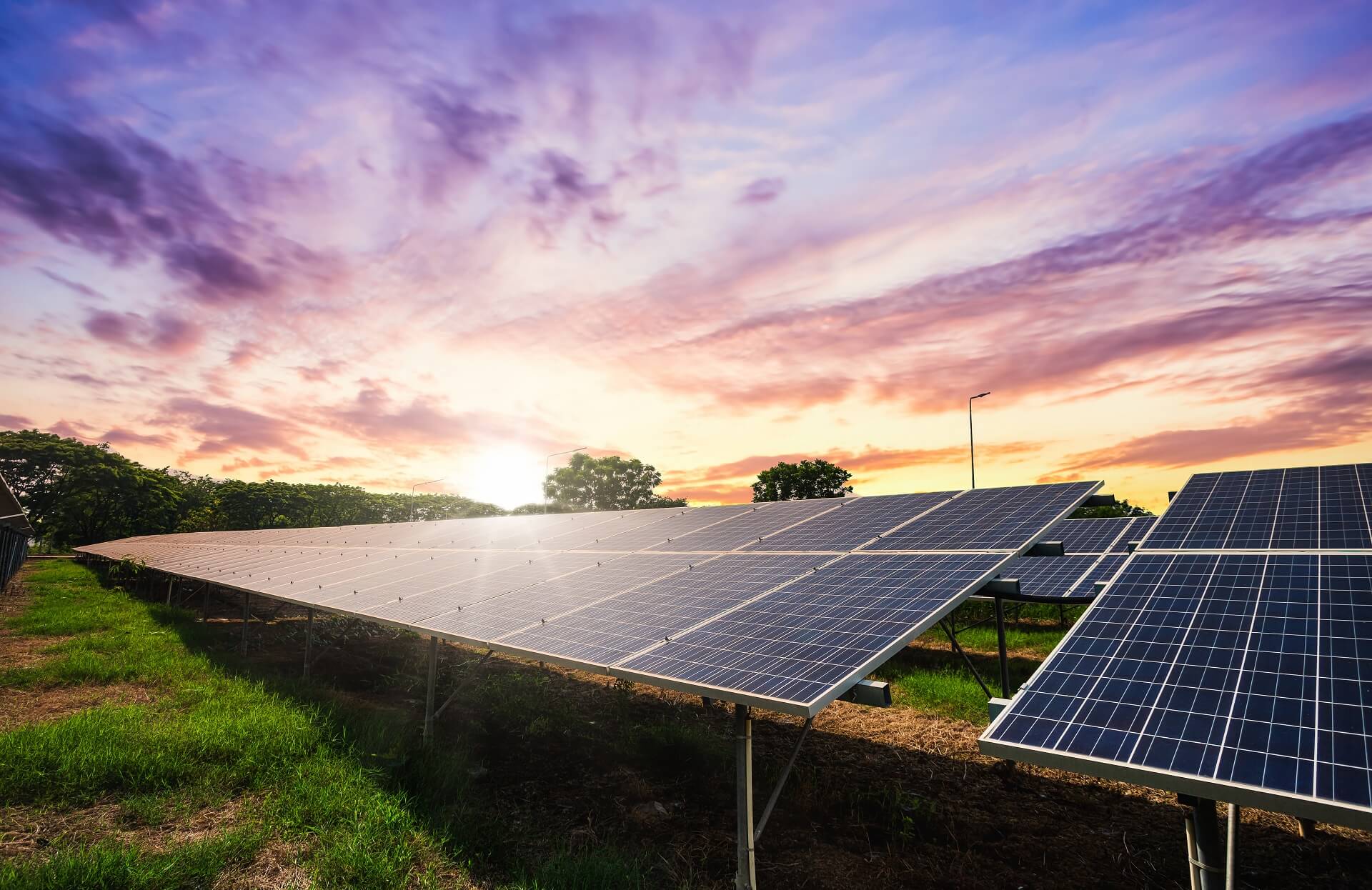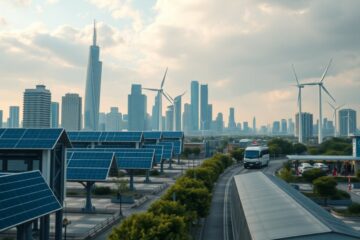All electrical appliances at home or business need energy to operate. Electricity can be drawn from the power grid, but you can also produce it yourself, thanks to your own solar installation. What does a solar installation consist of and how does it work?
Table of Contents
What the solar installation consists of
The photovoltaic installation consists of a whole set of devices – the most important elements are photovoltaic panels mounted on roofs or ground and an inverter that converts direct current into alternating current available in sockets. For the installation to be safe, anti-voltage protections are necessary to protect it against electrical discharges and surges. No less important element of the photovoltaic set is the mounting system to which the panels will be attached.
Solar installation – types
The solar installation can operate in an on-grid or off-grid system. In the case of on-grid installations, it is integrated with the power grid, energy is consumed on a regular basis, and surpluses go to the power plant. In the case of an off-grid system, the solar installation is not connected to the network, and the generated energy is stored in batteries.
Solar installation – working principle
The principle of operation of the installation seemingly simple – the sun’s rays fall on photovoltaic panels, which convert them into clean energy. More precisely – a photovoltaic installation needs light, or rather – a carrier of electrical interactions, i.e. a photon, to operate and produce energy. It is this particle that sets electrons through which electric voltage is created. The direct current from the solar panels goes to the inverter, where it is converted into alternating current, such as in your socket. Thanks to the higher voltage, free electricity from the sun displaces the grid current from the house, while its surplus goes to the grid and begins to “balance”.
Solar installation – ecology and saving
Obtaining energy from renewable sources has become everyday life, and solutions such as photovoltaics have appeared on the roofs of houses permanently. The biggest advantage of this type of methods is care for the environment and saving money. Photovoltaics are most often mentioned in the context of no harm to the environment and convenience of installation use. Energy can be used, among others for home heating and charging an electric car.

Our contributing author is a passionate advocate for eco-friendly living and sustainability. With a background in eco-life, they are dedicated to inspiring and empowering individuals to adopt environmentally conscious lifestyles. Through insightful articles, they share practical tips, innovative solutions, and thought-provoking perspectives to promote a greener, more sustainable world. Join them on the journey towards eco-smart living and discover how small choices can make a big impact. 🌱









